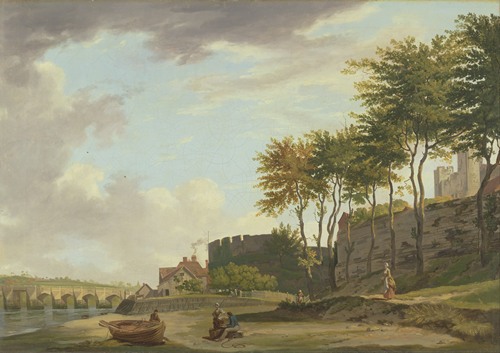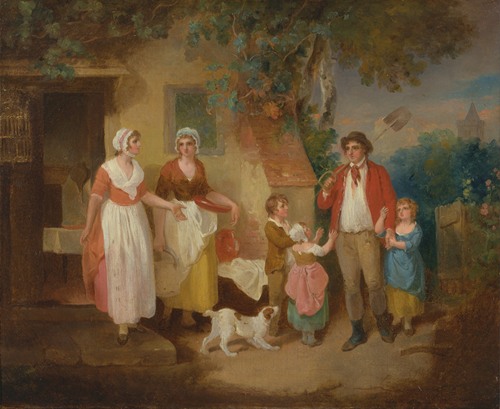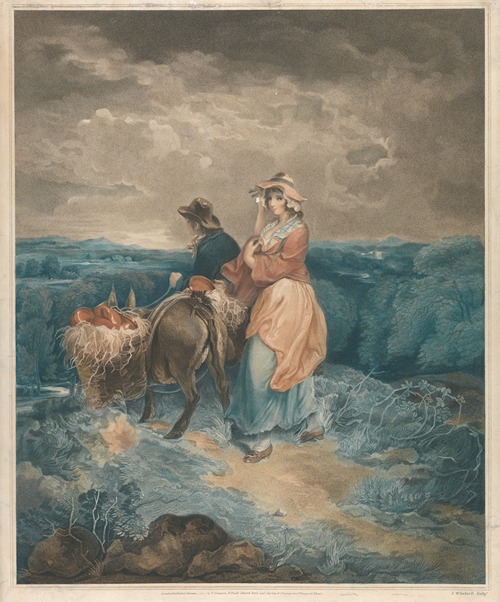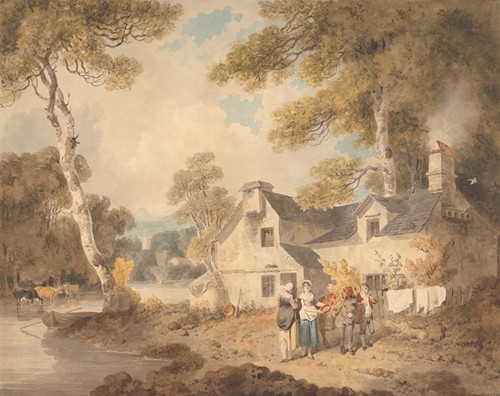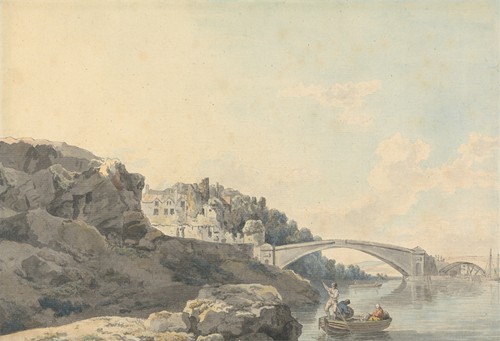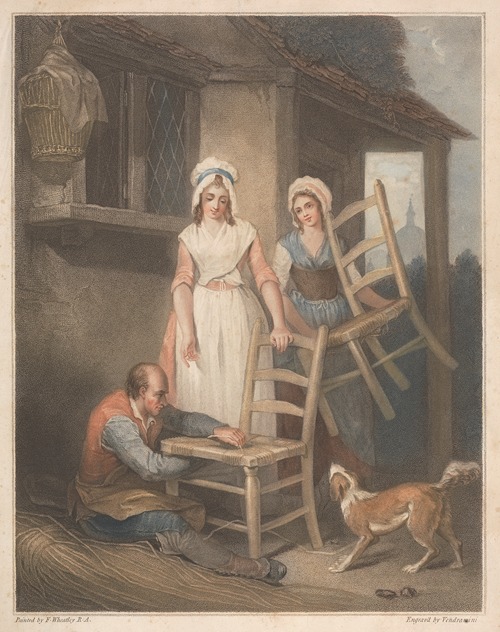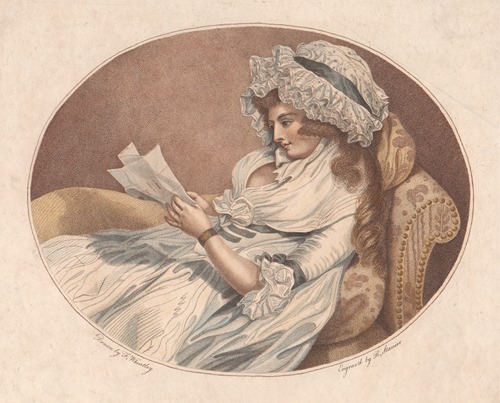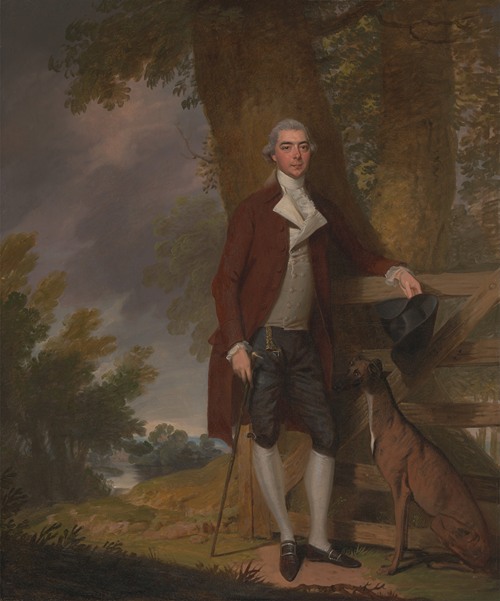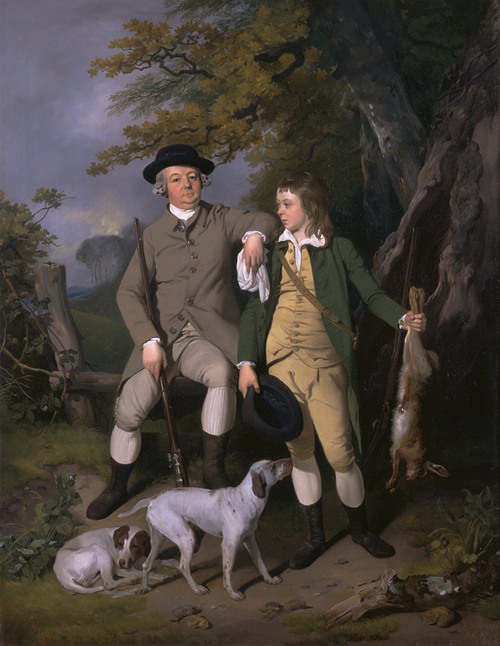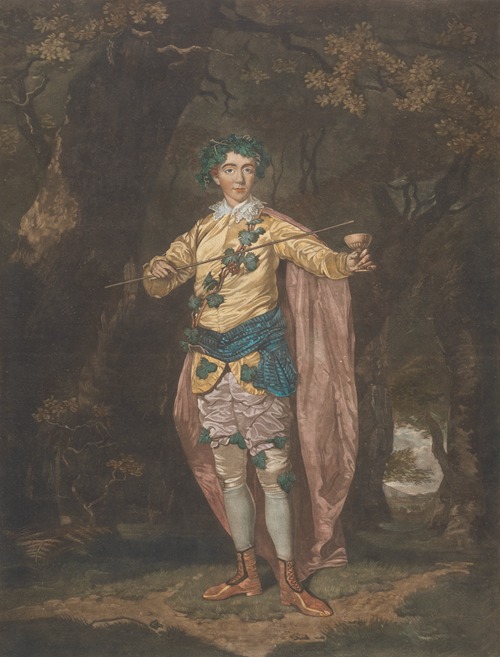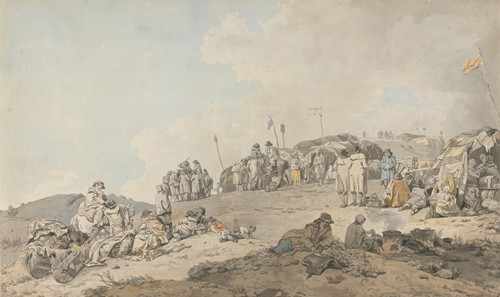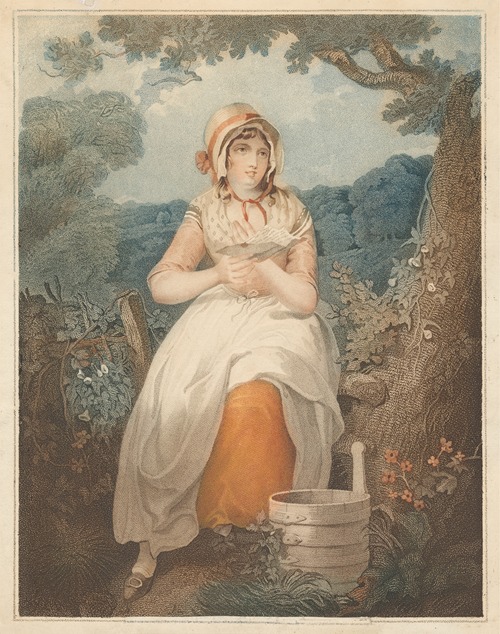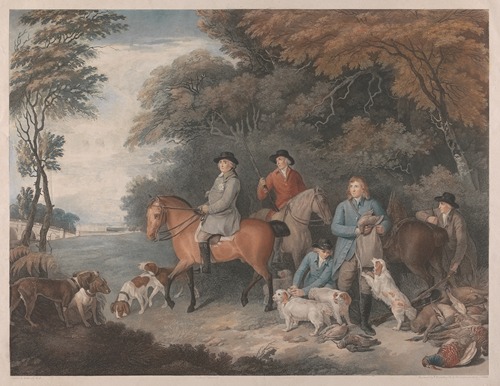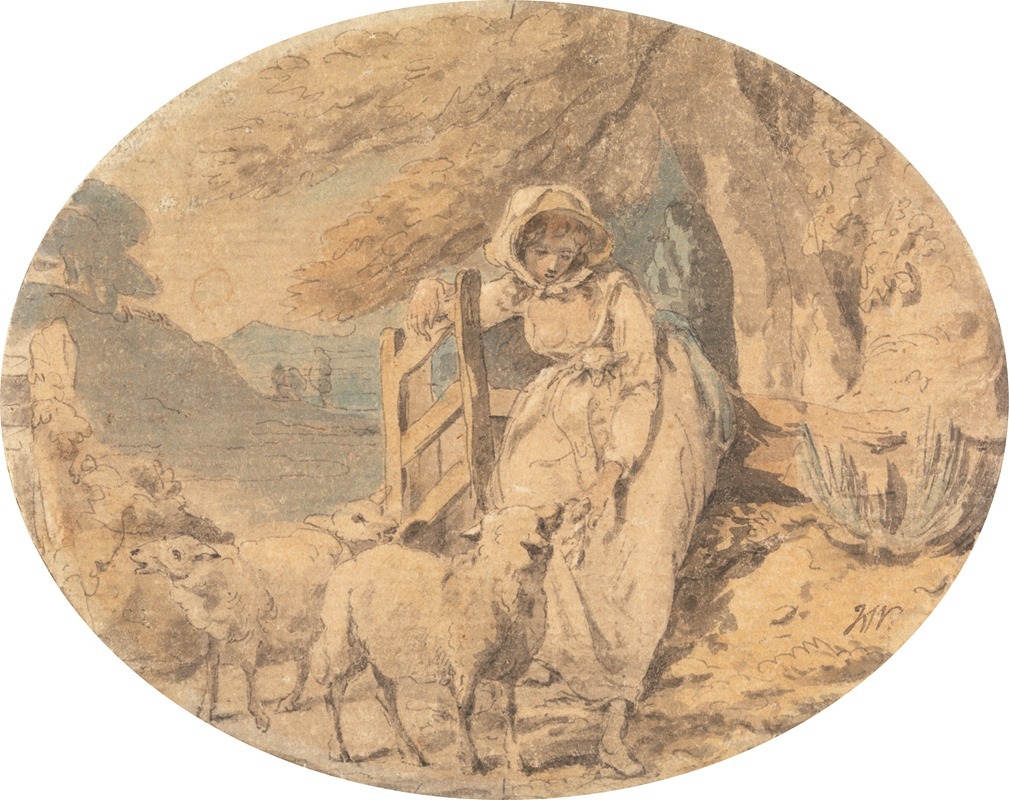
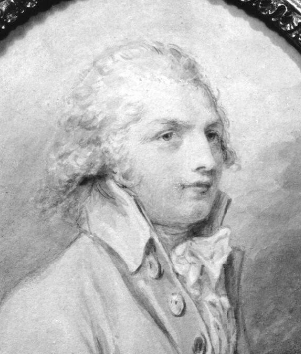
Francis Wheatley was an English portrait and landscape painter.
Wheatley was born at Wild Court, Covent Garden, London, the son of a master tailor. He studied at William Shipley's drawing school and the Royal Academy, and won several prizes from the Society of Arts. He assisted in the decoration of Vauxhall, and aided John Hamilton Mortimer in painting a ceiling for Lord Melbourne at Brocket Hall in Hertfordshire.
He first exhibited at the Royal Academy in 1778, built up a good practice and was praised by the critics. But he fell in with extravagant company and was forced to flee his creditors: so he eloped to Ireland with Elizabeth Gresse, wife of a fellow artist John Alexander Gresse (1741–1794).
In the summer of 1779 he was in Dublin with Elizabeth, whom he passed off as his wife, and established himself there as a portrait-painter, executing, among other works, the best-known interior of the Irish House of Commons. He also painted the review of the Dublin regiments of the Irish Volunteers in College Green in November 1779, the basis for a best-selling print bought by numerous Irish Patriot supporters. He was careful to include the grandees of Dublin and also exotic visitors such as Princess Dashkov.
The circumstances of his private life were revealed, and he returned to London. He produced small landscapes, portraits, or street scenes, and began to work in imitation of the French painter Jean-Baptiste Greuze. His scene from the Gordon Riots of 1780 was engraved by James Heath; this was noted as one of his best, but was lost to a fire. He painted several subjects for Boydell's Shakespeare Gallery, designed illustrations to Bell's edition of the poets, and practised to some small extent as an etcher and mezzotint-engraver. It is, however, as a painter, in both oil and water-color, of landscapes and rustic subjects that Wheatley is best remembered. He was elected an associate of the Royal Academy in 1790, and an academician in the following year.
